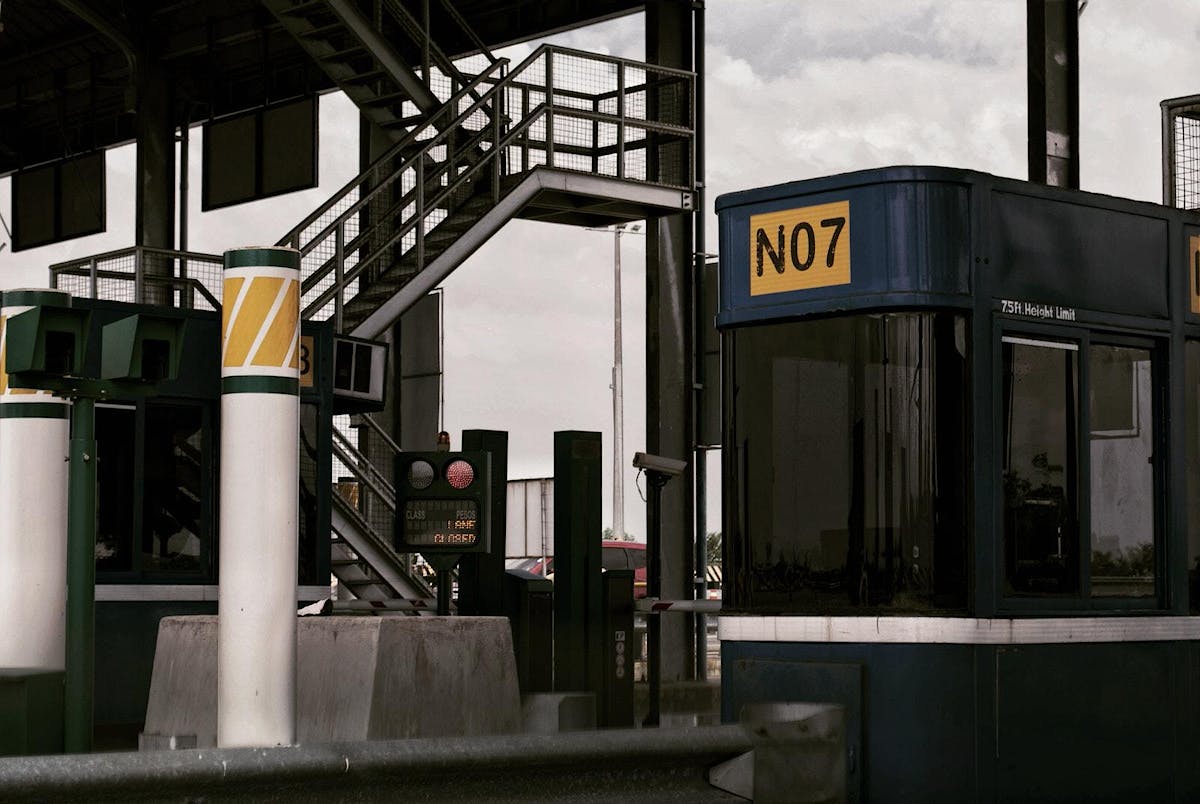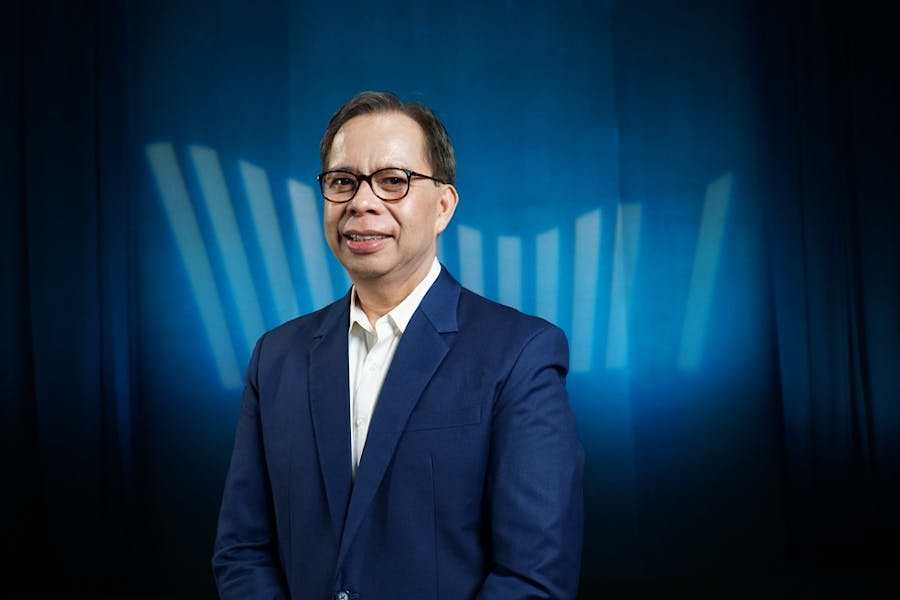
Our Way Forward
Transitional Justice and Eroded Institutions
A culture of fairness and justice is constructed, cultivated, and, when necessary, fought for. It never comes as a matter of course.

A culture of fairness and justice is constructed, cultivated, and, when necessary, fought for. It never comes as a matter of course. In the Philippines, certainly, this work is arduous. The century-old democratic project was supposed to guarantee the stability of this culture. That instead, atrocities and a myriad other cruelties occur intermittently, has put democracy itself into question.
Transitional Justice seeks redress for human rights abuses through a range of legal and non-judicial strategies. It emerged in the 20th century as a constellation of approaches to make right the deepest, most violent wrongs. Its commitment to systematic procedure that usually takes time, patience, and discipline commits, therefore, to the embeddedness of justice in a society.
In seeking to institutionalize justice through however difficult and long a changeover, transitional justice produces no less than culture.
1
Transitional justice therefore demands attention to institutions as a matter of dedicated alertness. During the on-going pandemic—in a country as vulnerable as the Philippines is to calamity, and under the heel of an autocrat—the institutions that hold up democracy are as vulnerable as the people themselves.
Vulnerability itself is a major object of study, and can be reckoned by how weakened a people and their institutions have been rendered, in the case of the Philippines before the pandemic, by the disposition of power. However that is for another moment of reflection.
As the COVID-19 pandemic plays out for an indeterminable future, the actual state of institutions are a spectacular revelation. Filipinos have been living out institutional damage, if not collapse, through the last four months.
The three branches of government, the church, the media, the educational system are unable to stem democratic decay; and do not function, at the level needed in catastrophic time, to deliver their mission of public good.
The Executive Branch, Congress, and the Supreme Court are straitjacketed to the autocratic agenda of the President and his enablers. The beleaguered members of the media themselves will acknowledge that even prior to the present dispensation, an extraordinary percentage of their ranks are corrupt.
It seems very much the case that the failure of the Roman Catholic Church to cohere around a single message against clear signs of authoritarianism, draws at least in part from the corruption of a number of bishops during the Macapagal Administration.
Equally clear: the educational system has not produced Filipinos with faculties for critical thinking, and who are therefore vulnerable to cyberoperations that dismantle the systems of truth that are the infrastructure of a democratic order.
The national police force is collectively responsible for mass atrocity. Whether the tokhang number is 5,000 or 30,000 is immaterial to the clear culpability of the Philippine National Police in the exercise of a murderous rampage against the poor. The police action against illegal drugs, designed and pushed by the highest officials of the Philippines, has undermined the very basis of a democratic order: the Constitution of the Philippines.
In addition: the military may not have escaped democratic decay. While there was reason to hold faith in the positive effects of decades long democratic reform of the armed forces since the 1990s, that reform may not have been thorough. The Armed Forces of the Philippines’ sponsorship and support of the Anti-Terror Law, has indicated that the military, too, may have been vulnerable to the corruptive force of the will to tyranny.
These are decades-long developments. As a result, democratic decay in the Philippines cannot be described simply as systems marred by the presence of corrupt people who undermine the functions of the institutions they serve. Instead, what is manifest today are not bad actors or corrupt individuals—but corrupted institutions.
What the historical moment consists of is equally clear: a leader arrived on the scene with an anti-democratic agenda, and the already weak institutions were ready-made for a carnival of destruction. The institutions were ready-made for destruction and appropriation.
Under these circumstances, justice for on-going crimes against humanity cannot be decoupled from the long-term work of institution-building. This long-haul work has to take up the complexity of the interrelationships among eroded institutions, producing entropic momentum. The transitional justice lens trained on a pandemic shows the daunting prospect ahead.
But. There is ground for measured optimism.
The 1987 Constitution survives. Whatever infirmities this Constitution now shows, have emerged as part of global social change. It remains that this Constitution created a Commission on Human Rights that has been true to its mandate since 1987. The CHR may be the single, or among the few, institutions that have survived the corrupting effects of anti-democratic energies.
Moreover, the Philippine democratic project that began in the 19th century has produced a culture that prizes consultation, community-driven development, the importance of local governance, and endurance struggles for equality and justice. This culture continues to exist. Transitional Justice for present day and possible atrocities will have to work with the potential for restoring institutions.
2
Daunting prospects do not allow waiting for better times. It will be unwise to wait for the pandemic to end before acting on transitional justice concerns.
The pandemic may have arrested mobility, but it has not stopped atrocities from persisting or newly erupting in many parts of the Philippines. The IDP’s (internally displaced people) remain where they are, and in more abject conditions. Marawi City remains in shambles, its residents still unable to return.
The poor continue to be killed, now amidst elevated levels of poverty. The statistics of COVID-19 exhibit social inequality so entrenched, the attrition on the poor is expected to be staggering.
A sense of urgency is essential. Work needs to be jump-started, right now, to renew what institutions are absolutely necessary to rebuild, restore, or strengthen in order to transition, hopefully in the near future, to make justice possible.
Over the last four months, during lock-down, the most constraining circumstances have not prevented Filipinos from jumping quickly to feed the hungry; plan alternative economic transitions; try mightily to protest and prevent unjust killings. The level of civic action has intensified instead of diminished.
The ways forward have to be understood, through the learnings the pandemic provides, as pressing. The long haul and macro perspectives have to be taken seriously, however, the work cannot be delayed by catastrophe— precisely to make possible that long haul and macro perspectives. To make justice possible in the long run even if it may not be possible today or in the immediate future.
3
Five propositions are offered here which are both practical and philosophically driven. The propositions emerged in stronger form during the pandemic. But this pandemic occurred at a time of spectacular interconnectivity, which has made it possible for new actors in nation building to succeed in their efforts to be of help.
First, work should increase and quicken towards creating a constituency for human rights and transitional justice way beyond the old fellowships that are driven by victim families and the religious and legal communities. The transitional justice advocates are forever grateful for their persistence and endurance, and now thank them from the bottom of our hearts—by actively expanding the constituency to include the arts and media, economists and finance people, educators of course, and so forth.
In fact, transitional justice has to be demanded by the public in general, not one sector alone. It must be cross sectoral.
Second, the stories have to continue to be collected. This is the sine qua non of the quest for justice. However, the pandemic has facilitated radical shifts of social life into the digital world, and it is self-evident that interconnectivity cannot be yielded to bad actors.
It is time to take cyberspace back from them. Data collection, sharing of narratives, and explorations of other ways forward for transitional justice is now going to pivot on informal and systematic uses of digital media.
Moreover, historical injustice has to be taken seriously by the museum and curatorial world, the media, and the educational system. Monuments being torn down in the world right now are a signal to reconsider symbols in the Philippines.
Third, it is necessary to choose one or two institutions that have to be the focus of rebuilding. The judiciary? The media? The PNP? Limited resources require focus, and even the effort of helping a cross-sectoral group to rebuild one institution is hard enough. But it is clear that the pragmatic choice has to be made, and the networks with similar-minded people in the Philippines and around the world should have momentum at the soonest possible time.
Fourth, from a transitional justice perspective, the communication of horrors and the full range of injustices, as well as the efforts to achieve justice, are a domain of serious ethical thinking. Contested narratives must be resolved from a social justice perspective.
What stories are emphasized, what stories are defocused or eclipsed or expunged, and how to make sure that all human communities are given the dignity of owning and sharing their stories: these are questions that communicators (curators, story-tellers, media) need to weigh carefully, from the perspective of enduring, institutionally-supported justice.
The foreable increase in momentum in creating effective communications strategies that reach very targeted communities of allies or potential allies, have to be grounded on a clear Code of Ethics.
Fifth, this is an inter-generational relay. Marathon runners who will endure, must be supported by sprint runners, 100 hundred meter dash runners, and so on. The pandemic experience foregrounded questions of mortality.
This will be work that goes on beyond the lifetimes of individual advocates. And so the nurturing of new generations of runners is work that has to be undertaken consciously and conscientiously, and now is not too soon to begin again.

















